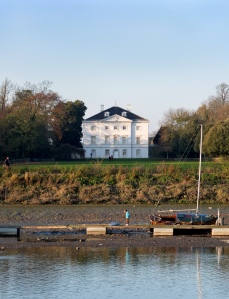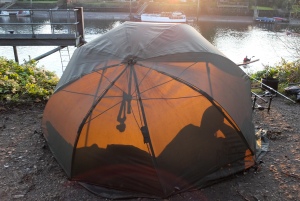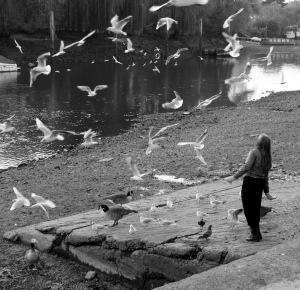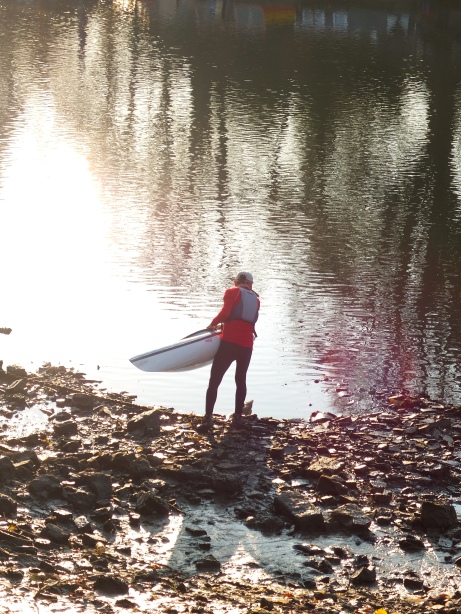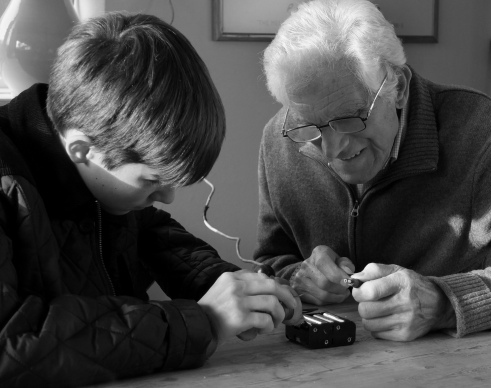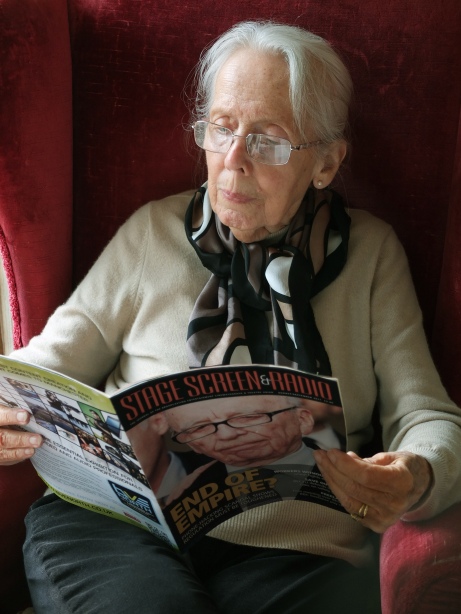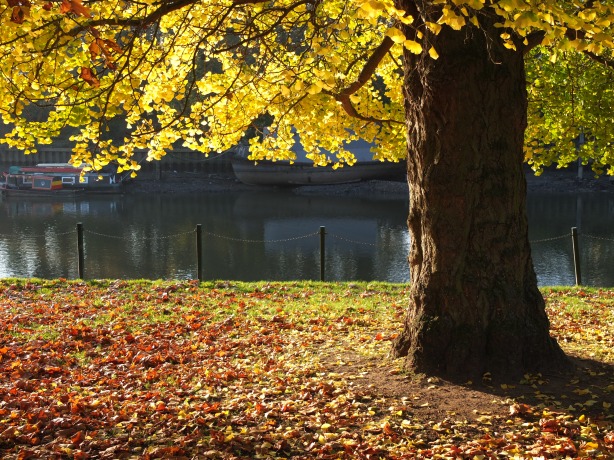Landscape photography might be an appropriate header for just a few of the images in this post but it is the very nature of the landscape at Dungeness in Kent that makes these images work. There are abandoned fishing boats and old tarred huts all around our coast but rarely can the be observed in such a sparse and open environment as at Dungeness.
Photography here is simple and rewarding. A large area of shingle not far from the Prospect Cottage where the late Derek Jarman built his exquisite garden provides a great backdrop with items of interest broadly scattered in a Sea Cabbage strewn shingle waste land.
The day of the visit, which was a one-to-one training session was set some weeks ago so we had to go with whatever weather and light prevailed and the brilliant unbroken sunshine that covered most of Britain on our scheduled day was far from ideal for photography but we did have the benefit of clear blue skies which, with their relatively low luminance (brightness) tend not to blow out and become pure white thereby requiring tedious work on the computer adding stock skies.
We walked the area extensively before getting the cameras out and unusually on this occasion at my client’s request I was shooting as well. We set our cameras to shoot raw images thereby ensuring the highest possible image quality with a view to converting most of our pictures to black and white – often a good move when shooting under harsh sunlight.
It’s essential to spend plenty of time planning your shots, the juxtaposition of items within the landscape, the foreground and the distant horizon all need to be considered carefully before shooting just one or two shots of your chosen scene and then perhaps repeating the operation from adifferent perspective. I used a Fuji X100 fixed lens rangefinder style camera which was set at 200 iso and f8 for a good depth of focus and optimal lens performance. The camera was a joy to use, exposures and focusing were spot on in every shot.
The colours of Dungeness are muted and heavily weathered, with often several layers of paint in random colours. Under better light they would have come across beautifully in the main images but on this occasion I used colour in just a few semi-abstract shots.
As we progressed along the shingle towards the lighthouse and power station we entered an area where fishing was still going on. It was cluttered, messy and unbelievably rubbish strewn – mainly discarded nets, and provided little in the way of interesting subjects.
The images were processed in Adobe Lightroom, a fast and accurate piece of software that is sparing on computer resources and although not as versatile as Photoshop enabled us to do everything required to our images. I’ve been playing with the Fuji X100 off and on for around a year now, it takes incredible quality images and with the latest firmware update its performance has improved substantially, fast enough now for street photography perhaps? The fixed semi wide-angle lens is probably close to ideal for that kind of shooting.



































